
Blogs
All About Design Thinking
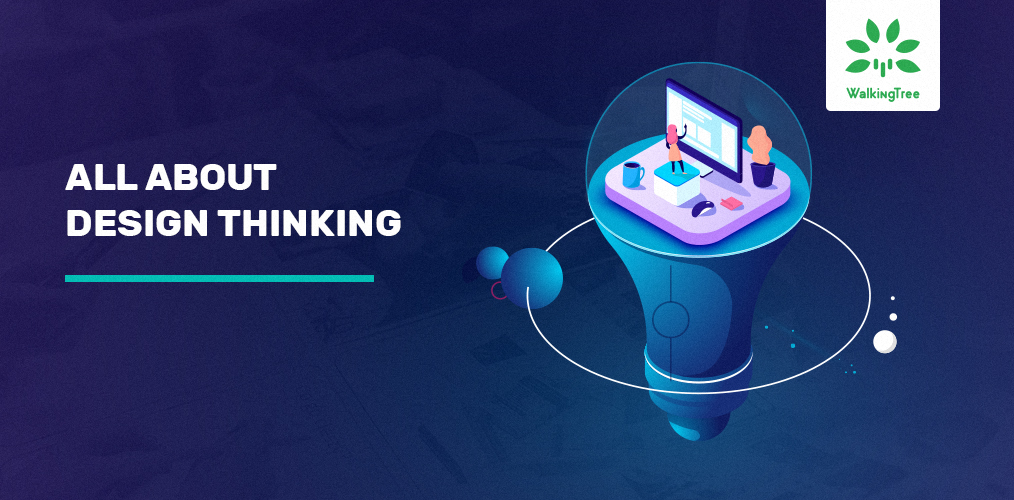


A puzzle with dice of discovery, interpretation, ideation, experimentation and evolution—in real-world scenarios when clubbed to solve it in a structured method is termed as Design Thinking, in other words, “its a problem solving framework”.
Tim Brown, IDEO’s president and CEO, defines design thinking like this:
“The mission of design thinking is to translate observations into insights and insights into products and services that will improve lives.”
It’s like finding fresh, creative solutions to problems, but in a way that it meets people needs first.
Saying this may sound simple but In today’s digital ecosystem, it’s not enough to simply build a framework or a journey for a customer. You have to build experience.
You may ask what is building an experience, well we say “A lasting impression”. You have to build value and purpose.
The design thinking process has become increasingly popular over the last few decades because of this. It has shown results of satisfying customers to their needs.
The design thinking process has become increasingly popular over the last few decades because it was key to success.
The objective of Design Thinking is to take a systematic approach to find unique solutions to common problems.
This method helps business understand customer problems and pain points and in deriving aspirations to create a new and innovative approach in solving these problems. It has become crucial to develop and refine skills which allow us to understand and act on rapid changes in our environment and behaviour. The world has become increasingly interconnected and complex.
There are certain strategic parameters to design thinking and at Walking Tree our Design team uses design thinking to reframe problems in human-centric ways, techniques such as observing, interviewing, building personas, empathy mapping, creating storyboards, relative thinking, forming low-tech prototypes and decision-making analysis help in addressing on what’s most important for users.
Design Thinking Methodology
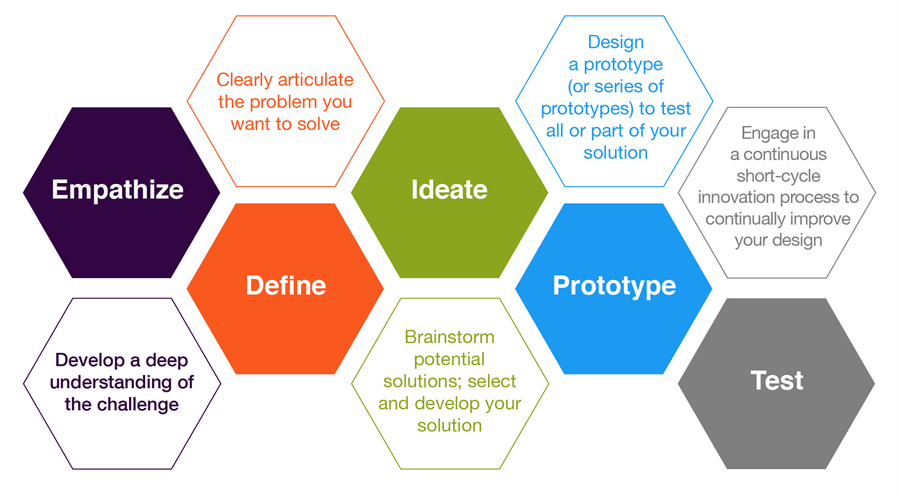
Empathy
“To create meaningful innovations, you need to know your users and care about their lives.”
Empathy is the centerpiece of a human-centered design process. The Empathize mode is the work you do to understand people, within the context of your design challenge. It is your effort to understand the way they do things and why, their physical and emotional needs, how they think about the world, and what is meaningful to them.
These insights give you direction to create innovative solutions.
The best way to go about this stage is questions and questions, we say question every step of a user and question yourself to see and feel, how and what, if this, then and that! Use an empathy map which gives a proper approach in gathering the required information.
Observe – View users and their behaviour in the context of their lives. As much as possible do observations in relevant contexts in addition to interviews.
Engage – Its a technique called ‘interviewing’ but it should really feel more like a conversation. Prepare some questions you’d like to ask, Keep the conversation only loosely bounded and always ask “Why?” to uncover deeper meaning.
Conversations – Watch and Listen. Certainly, you can, and should, combine observation and engagement. Ask someone to show you how they complete a task. Have them physically go through the steps, and talk you through why they are doing what they do. Ask them to vocalize what’s going through their mind as they perform a task or interact with an object.

DEFINE
“Framing the right problem is the only way to create the right solution.”
The Define mode is critical to the design process because it results in your point-of-view (POV): the explicit expression of the problem you are striving to address. More importantly, your POV defines the RIGHT challenge to address, based on your new understanding of people and the problem space.
Consider what stood out to you when talking and observing people. What patterns emerge when you look at the set? If you noticed something interesting ask yourself (and your team) why that might be. In asking why someone had a certain behavior or feeling you are making connections from that person to the larger context.
IDEATE
Ideate is the mode of the design process in which you concentrate on idea generation. Ideation provides both the fuel and also the source material for building prototypes and getting innovative solutions into the hands of your users.
Another ideation technique is building – that is, prototyping itself can be an ideation technique. In physically making something you come to points where decisions need to be made; this encourages new ideas to come forward.
PROTOTYPE
The Prototype mode is the iterative generation of artifacts intended to answer questions that get you closer to your final solution. early stages, you should create low-resolution prototypes that are quick and cheap to make, In later stages both your prototype and question may get a little more refined.
A prototype can be anything that a user can interact with, walking someone through a scenario with a storyboard is good, this will likely bring out more emotions and responses.
TESTING
The Test mode is when you solicit feedback, about the prototypes you have created, from your users and have another opportunity to gain empathy for the people you are designing for. Testing is another opportunity to understand your user, but unlike your initial empathy mode, you have now likely done more framing of the problem and created prototypes to test. Both these things tend to focus the interaction with users, but don’t reduce your “testing” work to asking whether or not people like your solution. Instead, continue to ask “Why?”, and focus on what you can learn about the person and the problem as well as your potential solutions.
Create your prototypes and test them in a way that feels like an experience that your user is reacting to, rather than an explanation that your user is evaluating.
And to end this an important point to note is that:
- An agile approach would be more valuable in this design method
- Always aim for MVPs — Minimum Viable Products/Prototypes that offer enough tangibility to find out whether they solve the initial problem or answer the initial question.
Some content are Courtesy: Stanford
Learn more about Design Thinking. Check out the recording of our free webinar on the same!

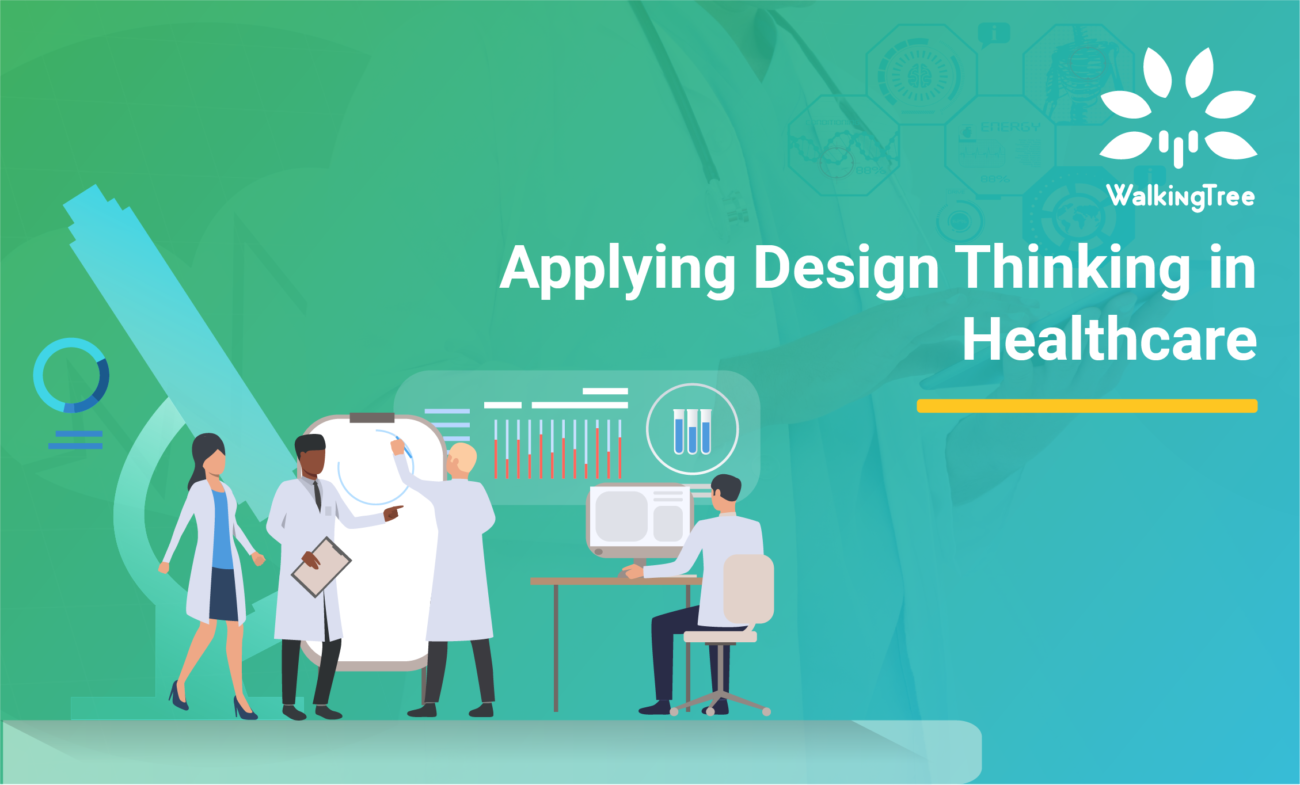
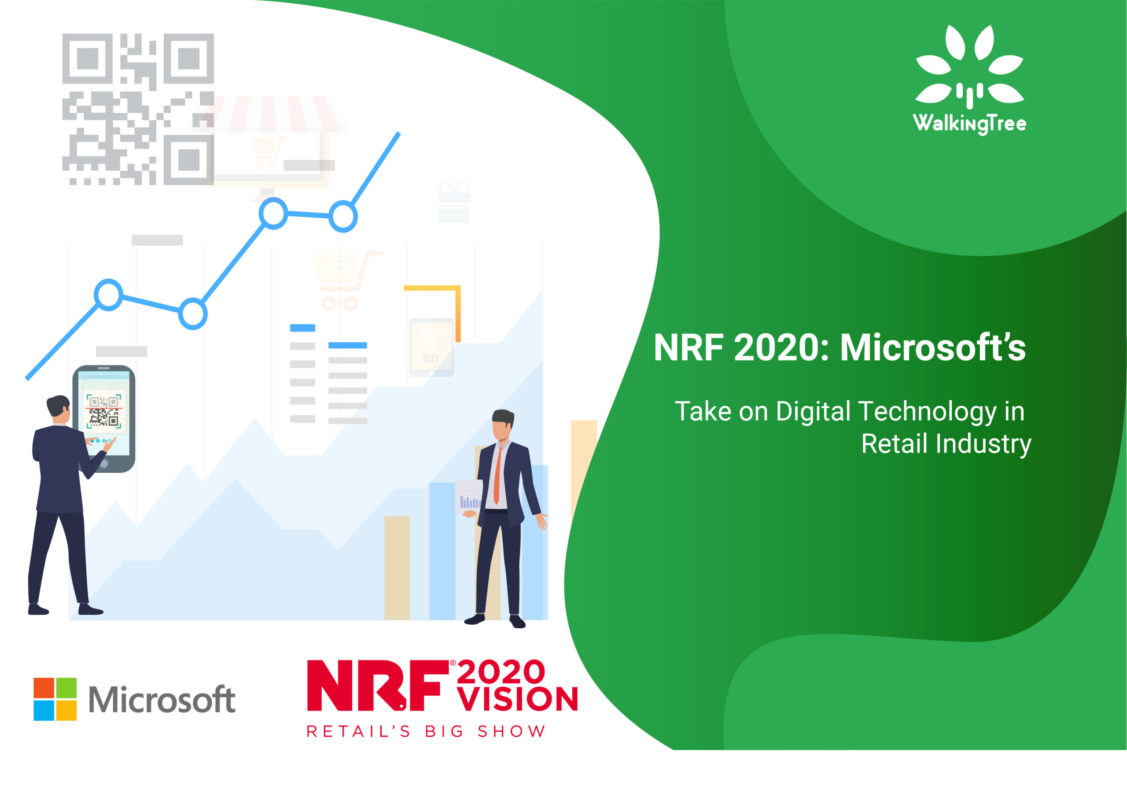
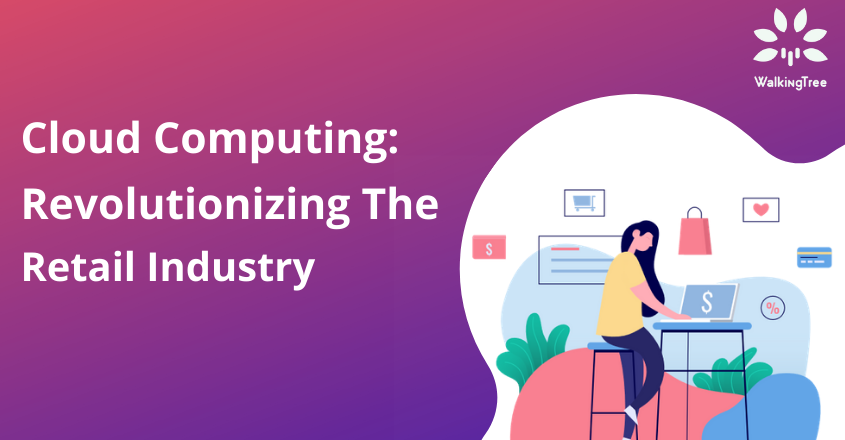
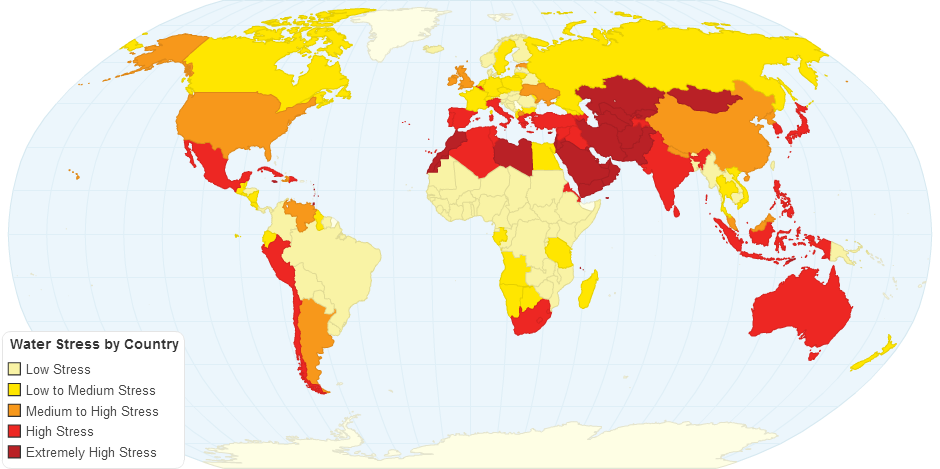
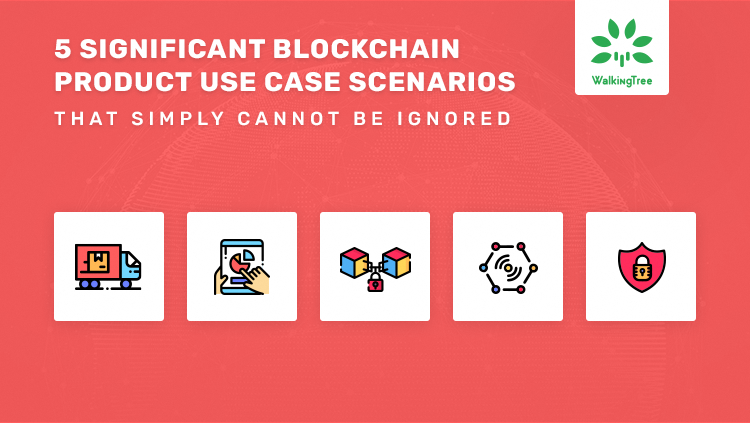
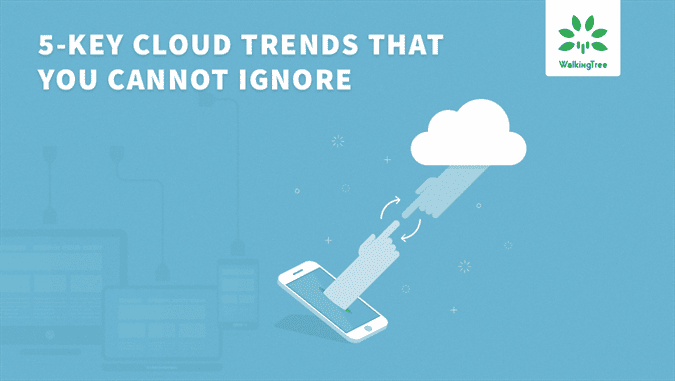
Good